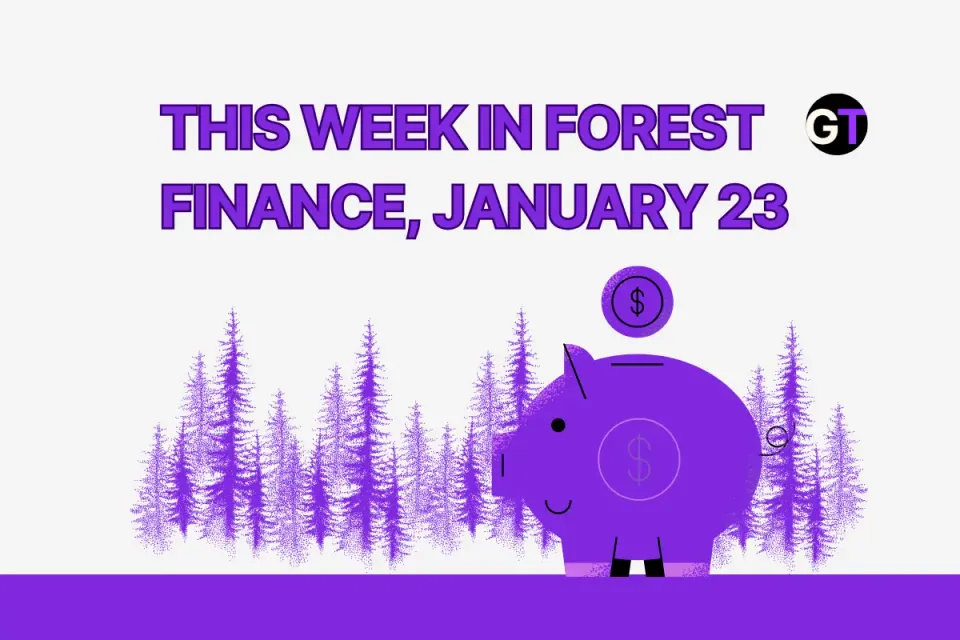Environment Report: They Can’t Vote Yet, But San Diego Youth Are Trying to Save the Planet
Young people like these are gaining traction on the world stage against fossil fuels – the main culprit behind climate change.

“This story was first published by Voice of San Diego. Sign up for VOSD’s newsletters here.”
They’re too young to vote. But they’ll inherit a much warmer and dangerous planet. I thought I should give them a platform for once.
I talked with four San Diego high school students last week about how they deal with climate anxiety and what local ballot measures they can only support with their voice.
Daniel Hernandez, Abby Costello, Emma Weibel and Taarika Sethee volunteer at SanDiego 350, the local branch of the national 350 campaign started by college students and author Bill McKibben in 2008.
Young people like these are gaining traction on the world stage against fossil fuels – the main culprit behind climate change. Last year, 16 young people won a landmark lawsuit in Montana arguing the state violated their constitutional rights to “a clean and healthful environment” by permitting fossil fuel development. This August, 16 Japanese youths sued 10 major power companies in an attempt to force them to reduce their carbon emissions.
Weibel, 17, from La Jolla said she struggles a lot with climate anxiety. She quoted Vaclav Havel, the first president of the Czech Republic who led his country through its previous dissolution, whose words get her through seemingly hopeless moments: “Hope is not the conviction that something will turn out well, but the certainty that something makes sense, regardless of how it turns out.”
Weibel interns at San Diego 350 as their Youth v. Oil intern, a young person-led campaign to end oil drilling in California. She said it’s wins like SB 1137 that keep her believing in a life dedicated to climate activism. Gov. Gavin Newsom signed SB 1137 in 2022. It prohibits oil and gas wells within 3,200 feet of homes, schools and other “sensitive sites.” The oil and gas industry tried to file a referendum to kill that law via a deceptive campaign claiming the change would lower gas prices or actually protect neighborhoods from drilling, according to Inside Climate News. Grassroots environmental organizations like San Diego 350 rallied to unravel the industry’s claims, and the industry eventually withdrew the referendum.
San Diego 350 is so named because, the thought goes, if Earth’s economies could get off their fossil fuel addiction and drive down the amount of carbon dioxide in the air to 350 (particles per one million particles of air), we’d all be saved from catastrophic global warming where sea levels swallow coastlines and flood communities or back countries burn up and heat waves become regularly deadly.
We’re at about 422 parts per million right now, according to instruments run by the Scripps Institution of Oceanography at the University of California-San Diego. Before humans began burning fossil fuels for energy, the level of carbon dioxide in the atmosphere was about 280 parts per million.
Hernandez, also 17, and living in Chula Vista funnels energy from his climate anxiety into optimistic action. That wasn’t easy to do, he said, especially after learning his school sits at the center of an urban heat island – an area suffering from much higher temperatures than surrounding, rural areas and typically due to the presence of more concrete than greenery. His family members suffer from asthma triggered by living around the constant glut of traffic near the U.S.-Mexico border.
So, he intentionally takes the bus to and from Bonita Vista High School and pushes for the district to add green energy career pathways.
“We’re trying to get an electric car for our mechanical career pathway at our school to show students there is an alternative. We don’t just need to focus on diesel cars,” Hernandez said.
Costello, also 17, and living in Chula Vista puts her anxiety energy into leading the eco club at her school (most of them are at their respective schools). Climate anxiety for Sethee, 14, of Encinitas presents as a preoccupation over the innocent animal lives suffering from global warming that had no hand in causing harm.
“How can the human race be so selfish where we’re not only ruining our own lives but all these species that were here before us. I cannot do nothing about this while our planet is being destroyed,” Sethee said.
All four students are getting behind Measure G, a countywide half-cent sales tax increase that would raise money for transportation and road improvements like carpool lanes and public transit. It’s a citizen’s initiative that only needs approval from 51 percent of voters to pass. Critics say the cost of living is already too high and that most of the money shouldn’t go toward public transit which isn’t a priority for most San Diegans who rely on cars to move.
Don’t say that to these climate-minded youths.
“Measure G is something I wish I could use my vote for,” Weibel said. “It’s hard to get around San Diego if you don’t have a car and driving can be scary.”
They say quicker and abundant public transit would make the county more accessible and lower air pollution.
When I asked what thought they wanted to leave adults reading this with, Sethee piped up.
“I want them to know how fearful the youth are for this election because our future literally depends on it,” she said. “We are relying on voters to vote for our future when we don’t have a voice in it.”





